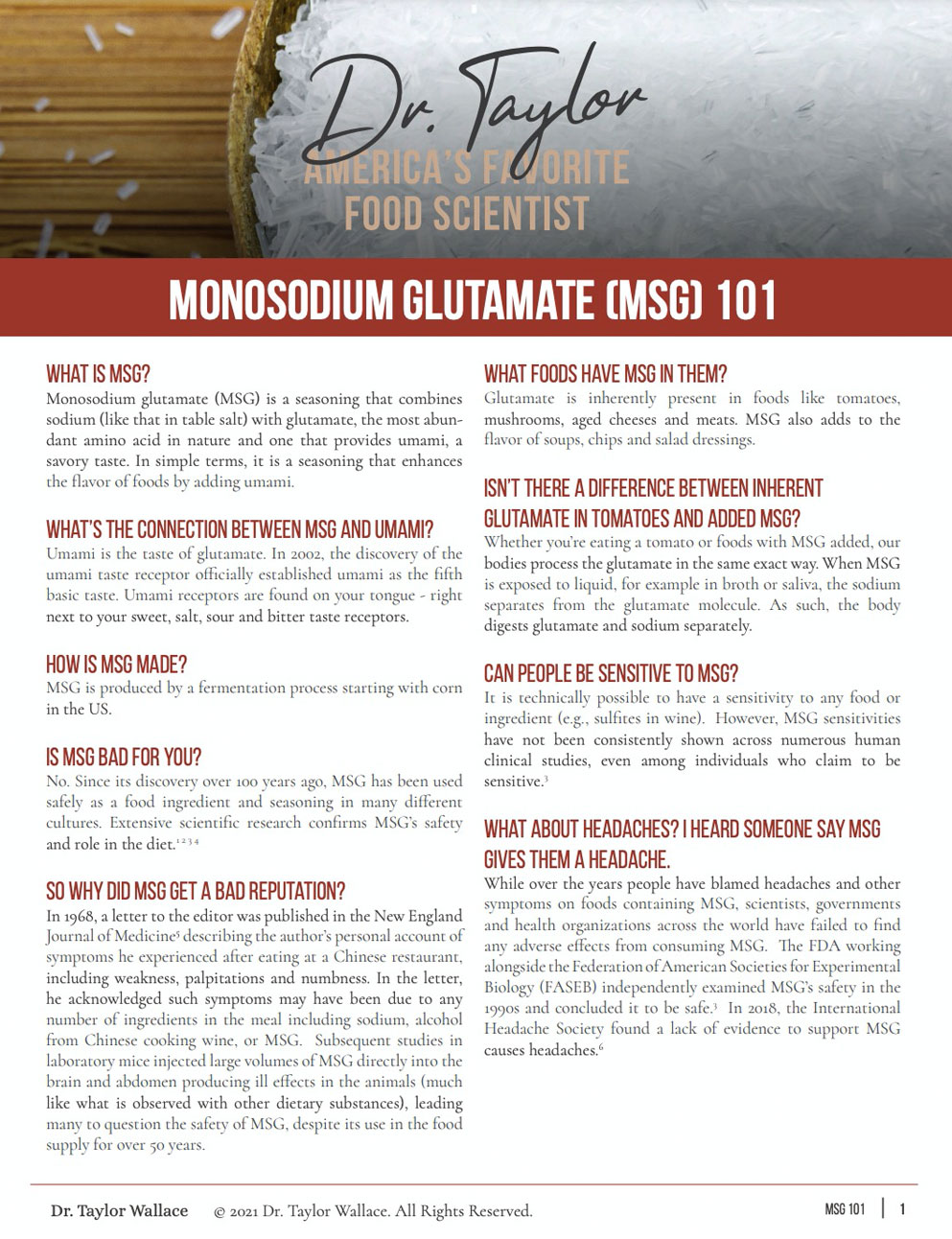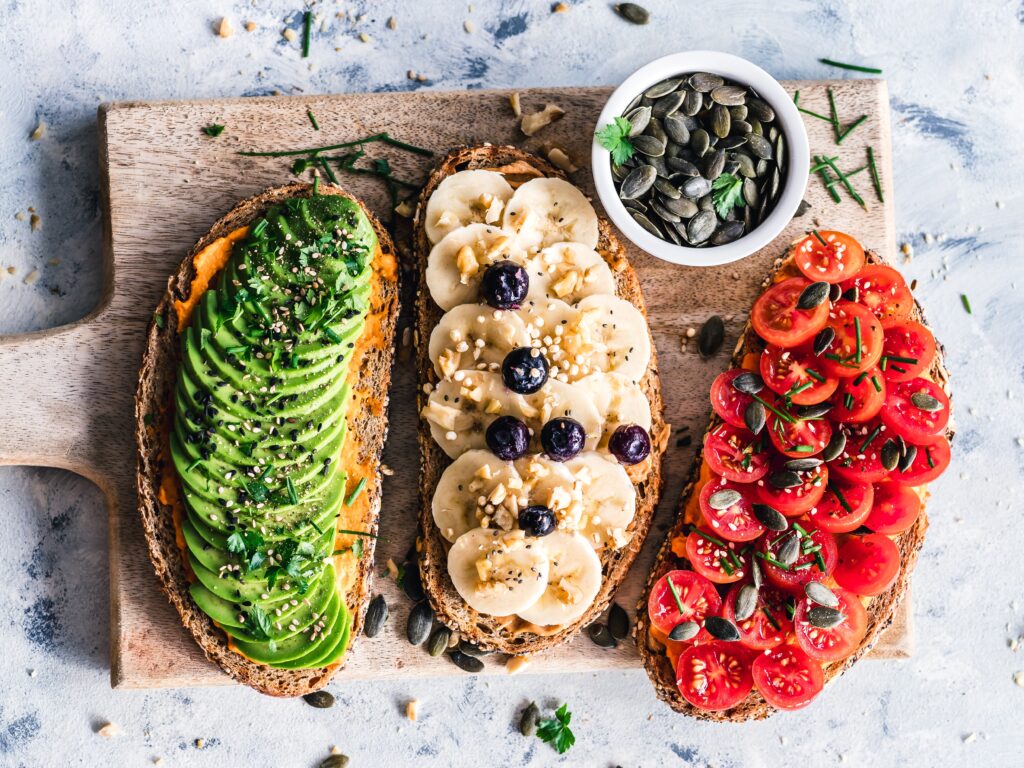Transgender Nutrition and Health: An Update

- October 10, 2022
Evidence-based dietary guidelines are critical for ensuring that all individuals thrive when it comes to long-term health and wellbeing. Current dietary guidelines exist for the cis-gender population.
With increasing awareness of the unique health disparities that exist among those who are transgender, the research community has been more active in studying how dietary guidelines might be different for the transgender population.
I recently had the opportunity to chat with Danielle Masterson with the Nutra Cast podcast on the lack of nutritional guidelines for trans people. The interview sparked me to publish this update of my former blog on nutrition for the transgender community (check it out for additional recommendations). A lot has happened since 2017 in the field of transgender nutrition.
Let’s dive into it!
Unique challenges faced by the transgender population
Aside from general nutrition guidelines for surgical recovery, gender-affirming hormone therapy (GAHT) is the most significant factor that directly influences the health and nutrition-related parameters of transgender individuals.
To begin, many individuals who identify as transgender struggle with food, exercise, and related body image issues that may cause disordered eating. This perpetuates after initiation of GAHT due to common changes in weight gain and body composition. Research shows that more than 60% of transgender men are overweight or obese. On the other hand, transgender women are four times more likely to have restrictive eating disorders.
GAHT has also been associated changes in blood lipids (e.g., increased LDL or “bad” cholesterol), blood pressure, and bone density. This could potentially give rise to an increased risk of health impairments such as but not limited to cardiovascular disease, hypertension, thromboembolic disease, and type-2 diabetes.
Optimal nutrition is vital in transgender health management to help combat some of these potential issues. I should note that it is very important to talk to both an endocrinologist and Registered Dietitian Nutritionist (RDN) about your diet and foremost any dietary supplements that you may consider taking, as many can interactions with certain medications.
A good example is that diets high in potassium can be of detriment to those taking prescribed diuretics.
Nutrition recommendations
The unique needs of individuals who are transgender have been strongly recognized by professional nutrition organizations.
Although there is a lack of both research and scientific consensus around what constitutes an optimal diet for transgender men and women, the Academy of Nutrition and Dietetics has provided some basic recommendations from a recent review of the evidence.
To our current knowledge, calorie, protein, and fluid intakes are not different between the general transgender and cisgender individuals. A higher calorie and protein intake is (of course) needed for better recovery from transition surgery, as it is with other surgeries.
The Center of Excellence for Transgender Health within the University of California, San Francisco has published guidelines for primary and gender-affirming care of transgender and nonbinary people to better equip primary care providers with the tools and knowledge needed to best meet the healthcare needs of transgender and gender nonconforming patients.
Nutrition recommendations in recent research to address specific health conditions in the transgender population are discussed below.
Cardiovascular disease

Transgender women often receive estrogens and anti-androgens as their GAHT. Yet, estrogens are known to influence the blood lipid profile, notably as increases in triglycerides and LDL-cholesterol levels, which can lead to an elevated risk of cardiovascular disease (CVD).
Increased fat mass and decreased lean mass in transgender women has also been well documented and can contribute to an increased risk of CVD.
A recent study found the waist-to-hip ratio of transgender men increases after receiving the GAHT for 12 months, which may lead to a more subtle but just as important increased risk of CVD.
Although no guidelines have been proposed for transgender individuals, general nutrition recommendations may be applied to prevent the onset of CVD. A balanced energy intake is key to maintaining a healthy weight.
- Decreasing consumption of saturated fats, added sugars, and sodium should be implemented.
- Choosing a colorful plate of vegetables, fruits, and whole grains can help ward off the risk of cardiovascular diseases.
- Incorporating low-fat dairy products, lean meats and poultry, fish, legumes, nuts, and seeds into the diet is also important.
Insulin resistance

Regional fat distribution, in particular centralized adiposity (e.g., abdominal fat), is a risk factor for both CVD and insulin resistance.
Changes in body composition in transgender individuals put them at an even higher risk of type-2 diabetes. Researchers have found a higher level of insulin resistance in transgender women compared to cisgender men.
When at risk of developing type-2 diabetes, limiting the intake of added sugars and other refined carbohydrates (e.g., white breads, starches, desserts, and etc) is a must.
Choosing foods with a low glycemic index can help ensure that blood sugar levels do not spike after consumption. Drinking enough water and consuming high-quality proteins (e.g., fish, lean meat, legumes, and etc) are preferable dietary habits the transgender population may adopt.
Bone health

Transgender men are commonly treated with testosterone, which can result in loss of bone mass.
Calcium and vitamin D are widely known for their significance in bone health and having an adequate intake can greatly help in the preservation of bone.
Dairy products, such as low- or non-fat milk, cheese, and yogurt, are great dietary sources of calcium.
Most people need to supplement to get enough vitamin D but remember to talk with your endocrinologist before starting any supplement regimen. Limiting the amount of alcohol consumed and fully avoiding tobacco is a helpful step in preserving bone.
Several micronutrients, such as magnesium, phosphorus, potassium, zinc, and B vitamins, are essential for optimal bone health. Thus, eating a nutrient-rich diet can ensure the long-term strength of bones.
Future research is critical
More health professionals and researchers have heard the voice of the transgender population, and the nutrition community has sprung forward in publishing new research in this underserved population over the past 5-years.
Current scientific literature regarding transgender nutrition is still sparse and of lower quality. The U.S. National Institutes of Health (NIH) must begin to allocate increased funding for the study of nutrition in the transgender population.
The U.S. Centers for Disease Control and Prevention must begin to include gender identity in the National Health and Nutrition Examination Survey (NHANES), so that distinct health disparities in these populations are more apparent.
Interested in learning more? Check out my online educational courses. All recommended products can be found on my Amazon store.








